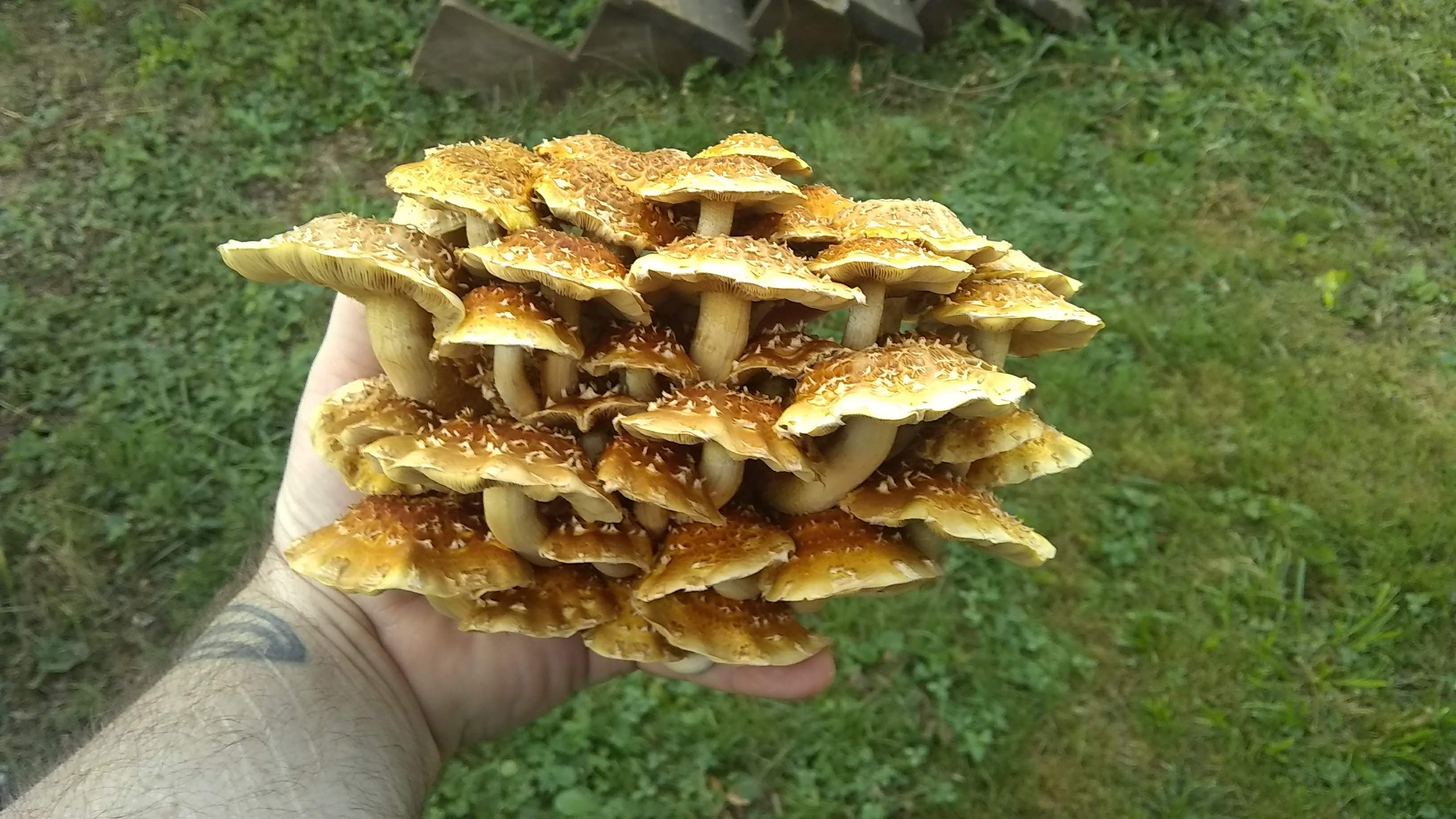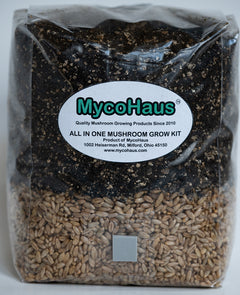Introduction
Mushrooms, those enigmatic organisms that grace our plates and forests, come in a bewildering array of shapes, sizes, and flavors. In the world of fungi, one name, "chestnut mushrooms," seems to transcend borders, but it's not always what it appears to be.
This article discusses chestnut mushrooms. It covers their cultivation, the confusion surrounding their name, and the various species that fall under this category. Let's embark on a journey that uncovers the secrets of chestnut mushrooms.

The Chestnut Mushroom Conundrum
1. Cultivation of Chestnut Mushrooms
1.1. Pholiota Adiposa - The True Chestnut Mushroom
In the realm of true chestnut mushrooms, Pholiota adiposa takes center stage. These fungi have small to medium-sized caps, usually 2 to 5 centimeters in diameter.
The name is derived from the mushroom's dark brown to chestnut-colored cap, which has a convex shape when young but gradually flattens out as it matures.
1.2. Agrocybe Aegerita - Pioppino Mushrooms
In some regions, like in the northern United States in states like Montana, the term "chestnut mushroom" has sometimes been attributed to Agrocybe aegerita, also known as pioppino mushrooms.
These mushrooms have a distinct appearance, with dark brown to chestnut-colored caps and an elongated stem. Pioppinos are known for their rich, nutty flavor and firm texture.
1.3. Baby Portobello Mushrooms - The Global Confusion
The confusion doesn't end there. In some regions, particularly in North America, baby portobello mushrooms (Agaricus bisporus) are referred to as chestnut mushrooms due to their brown caps.
These widely cultivated mushrooms have a mild, earthy flavor and are the most common variety found in grocery stores.

2. The Culinary Kaleidoscope
2.1. Pholiota Adiposa - Earthy Excellence
True chestnuts, Pholiota adiposa, offer an earthy and nutty flavor that enhances a variety of dishes. Their culinary versatility makes them perfect for sautéing, adding depth to soups, or as a delightful addition to stir-fries.
2.2. Agrocybe Aegerita - Pioppino Pleasures
Agrocybe aegerita, or pioppino mushrooms, are cherished for their robust, nutty taste and firm texture. They shine when sautéed with garlic and butter or added to pasta dishes, providing a unique gourmet experience.
2.3. Portobello Mushrooms - Everyday Elegance
Portobello mushrooms offer a mild, versatile flavor that suits various recipes. They are perfect for salads, pizzas, omelets, and more, making them a kitchen staple.
The Regional Complexity
The confusion surrounding the term "chestnut mushrooms" serves as a reminder of the rich tapestry of mushroom culture around the world. Different regions have their own interpretations and preferences, leading to a fascinating diversity of fungal experiences.
Conclusion
In the world of mushrooms, the term "chestnut mushrooms" is a testament to the enchanting diversity of fungi and the regional nuances that shape our culinary traditions. Whether you're cultivating the delicate Pholiota adiposa, savoring the nutty goodness of Agrocybe aegerita, or enjoying the everyday elegance of white button mushrooms.
FAQs
1. Can I cultivate chestnuts at home?
Yes, you can cultivate chestnut mushrooms at home, but the specific method depends on the species you want to grow. For Pholiota adiposa, hardwood logs and sawdust-based substrates work best, while Agrocybe aegerita requires a different approach. White button mushrooms are also suitable for home cultivation and are among the easiest to grow.
2. Are chestnut mushrooms easy to identify in the wild?
Identifying chestnut mushrooms in the wild can be challenging due to the variety of species that share the common name. It's essential to have a thorough understanding of mushroom identification or seek guidance from an experienced forager.
3. Are chestnut mushrooms considered a gourmet delicacy?
Yes, chestnut mushrooms, especially Agrocybe aegerita (pioppino mushrooms), are often considered a gourmet delicacy due to their unique flavor and texture. Chefs and food lovers prize them for their versatility in the kitchen.
4. Are there any poisonous chestnut mushroom look-alikes?
Yes, there are poisonous mushrooms that resemble chestnut mushrooms, emphasizing the importance of proper identification. Some look-alikes can be toxic, so it's crucial to exercise caution when foraging for wild mushrooms.
5. Where can I find chestnut mushrooms for culinary use?
Chestnut mushrooms can be found in specialty grocery stores, farmers' markets, and some larger supermarkets. Ensure you specify the variety you're looking for, as the common name "chestnut mushroom" can refer to different species depending on your location.



Leave a comment